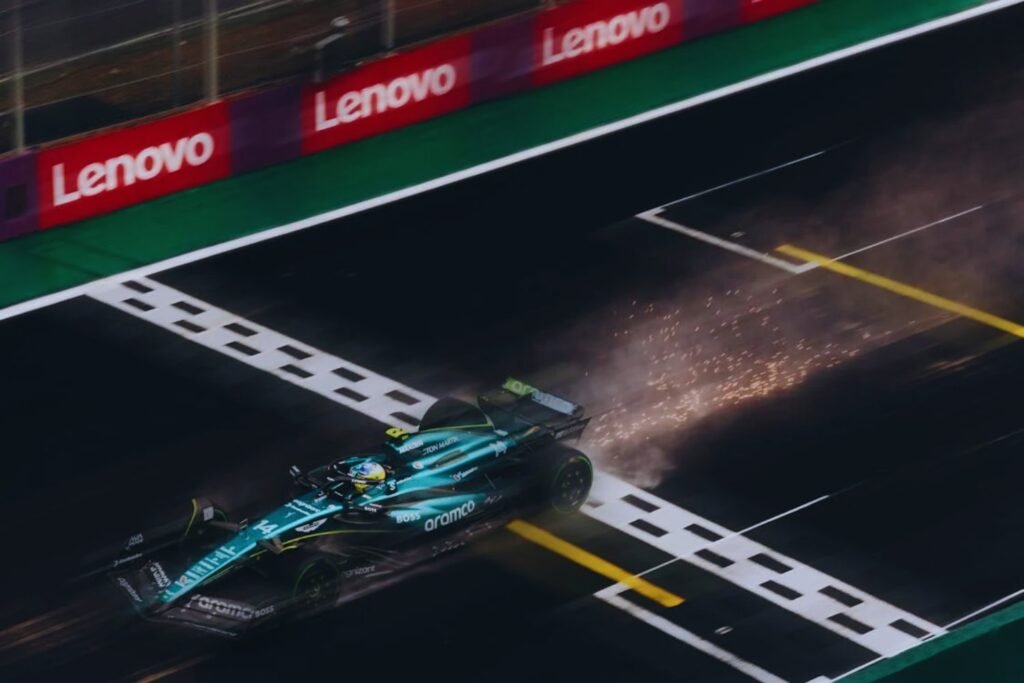The undisclosed revelation that permanently altered the landscape of Formula 1 lies not within the engine, but in a quantitatively imperceptible element.

75 years ago, Formula 1 was a sport driven by intuition and skill. Today, a silent revolution has taken place, where simulations, sensors, and artificial intelligence govern the universe of Formula 1. Modern Formula 1 cars now function as rolling laboratories, equipped with over 300 sensors capable of generating massive amounts of data during each race weekend.
An evolution that is unseen, yet changes everything
The old roar of the engine has been replaced by a silence filled with algorithms. Drivers are now part of a digital machinery that optimizes performance to the finest detail. Every movement of the car, from acceleration to braking, is recorded, transmitted, and analyzed in real-time by engineers making split-second decisions.
Technology that anticipates every move
Mandatory “black box” systems and advanced telemetry technologies allow for precise incident reviews and predictive maintenance. Data is transmitted through encrypted networks and analyzed simultaneously at the pits and team headquarters located miles away, all within 10 milliseconds.
Simulations that define the podium
Teams like Red Bull conduct billions of simulations before each race, considering factors like tire wear, aerodynamics, and pit stop strategies. By leveraging virtual models and predictive algorithms, teams can refine every aspect of the car’s performance. In modern Formula 1, success is calculated down to the millisecond, leaving no room for chance.
In essence, the bravery of the driver and technical innovation remain at the core of Formula 1. However, the sport has evolved to prioritize data-driven decision-making and strategic planning over pure instinct. The new engine of Formula 1 may be invisible, but it is now more powerful than ever.




